Pierre Vlerick’s work shows some resemblance to Willem de Kooning’s. While the Dutch American was famous for the wild manner in which he treated his canvas, Pierre Vlerick showed some more restraint, but making a painting was in any case a slow process of stopping and starting and revising. His exploration is meant to result in a correct proportion of colour fields and streaks, often applied layer upon layer. All his colors have a luminous intensity. It was mainly Bonnard’s colorful work that inspired Vlerick to compose his own singular range of colors of slightly tingling yellows, greens, oranges and bits of blue here and there. Abstraction is emphasized by his use of color. Colors not associated with objects from daily life often dominate the composition: purple, for instance. This is the basis for his continuing abstraction, ending up as color fields combined with organic elements depicted with the vaguest of contours.
Though both artists create a very metropolitan, say even worldly art, their work evokes nature. De Kooning has been called a master of ‘abstract landscape’. The structure of Vlerick’s works, too, is very vegetable and organic. No wonder he referred to his paintings as his ‘gardens’. Neither artist allowed his garden to remain empty: de Kooning created a female figure looking like a cross between a floozy and the mother goddess. Vlerick imagined a woman who is enjoying her body. Vlerick’s approach to abstract art is the same as de Kooning’s; they refuse to paint in a figurative manner, yet at the same time do not wish to renounce referring to reality.
De Kooning once put it very accurately during an interview when he conceded that painting the human figure any longer was absurd(in the post-war period), but also stated that it would be even more absurd not to do it. The only way out of this ambiguous dilemma is the deconstruction of the human figure. Not in order to reject it, but to show it in all its fragility.
Pierre Vlerick’s exceptional artistic talents were already recognized while he was studying at the Ghent Academy (1940-1944) whereupon graduating he received a gold medal.
In 1947-1948 Vlerick enrolls at the “la Grande Chaumière Academy”, a Parisian private academy which attracts lots of foreign artists thanks to the reputation of its most important teachers such as Maurice Denis (1870-1943). Denis was one of the founding fathers of “the Nabis” and is also considered to be the godfather of abstract art by many artists and art critics. Maurice Denis is famous for his quote: "Remember that a painting, before it is any kind of representation, is essentially a flat surface covered with colors in a certain collected order."
At La Grande Chaumière, Vlerick is challenged to develop a pictorial language of his own. Vlerick develops a way to translate the observed reality into visions of color and form, which can be situated somewhere on the axis between the figurative and the abstract. Reality is decomposed and reconstructed into a complete new representation.
After a trip to Spain in 1955 the painter evolves towards the use of brighter colors. At the Brussels World Exhibition of 1958 (Expo 58) Vlerick is for the first time confronted with real works of 17 American artists (William Baziotes, James Brooks, Sam Francis, Arshile Gorky, Adolph Gottlieb, Philip Guston, Grace Hartigan, Franz Kline, Willem de Kooning, Robert Motherwell, Barnett Newman, Jackson Pollock, Mark Rothko, Theodoros Stamos, Clyfford Still, Bradley Walker Tomlin and Jack Tworkov) and he is deeply impressed. This event pushes him even further into the direction of abstraction and from 1959 onwards Pierre Vlerick radically evolves towards a lyrical abstraction. His abstract paintings from the first half of the 1960s are experimental and raw in their treatment of space and surface and bewitching with their use of dazzling colors.
In the early 1960s the artist starts exhibiting abstract impressionist works at international shows such as the Carnegie Institute, (Pittsburgh 1961/1962); The Corcoran Gallery, (Washington D.C.1963) ; Venice Biennale (Belgian Pavilion), (Venice 1964); Musea de Arte Moderna, (Rio de Janeiro,1965).
Vlerick obtains a Fulbright scholarship, which enables him to stay in the States in 1964 and 1968. He also briefly teaches at the Harvard University in Boston. At the same time, Vlerick collaborated in curating the Forum exhibitions in Ghent in 1961-62-63, where the European avant-garde was prominently shown. This allowed him to be in close contact with the artists and their ideas.
To his credit, his work always remained very personal and original. Vlerick’s work is far removed from the explicitness of expressionism, from the sharp delineations of surrealism, from the angular multi-perspectives of cubism or the cool rationality of conceptualism. He is closer to the myopic outlook on the world typical of an impressionist’s observation and depiction of the world. The way he allows bright colours to fertilise one another is not far removed from Fauvism. And with Lyrical Abstraction he shares the nerve to let compositions run out of control. One thing is resoundingly clear; he belongs to a post-1945 generation that did not feel like surrendering to the constraints of any one style.


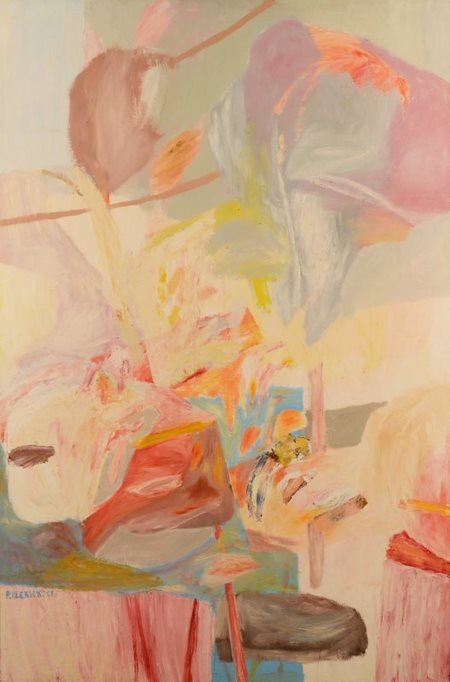
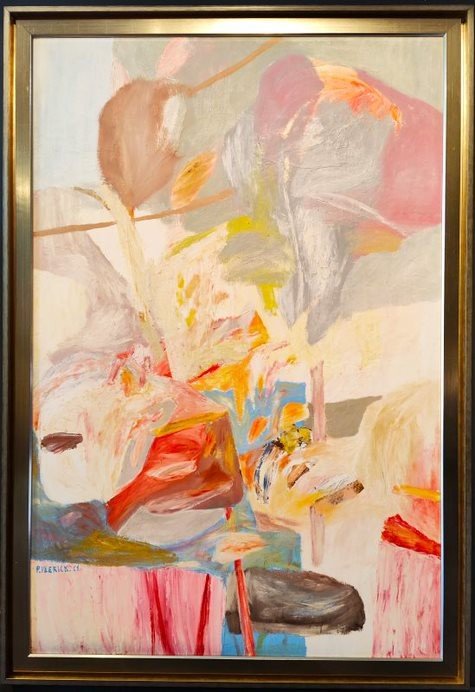
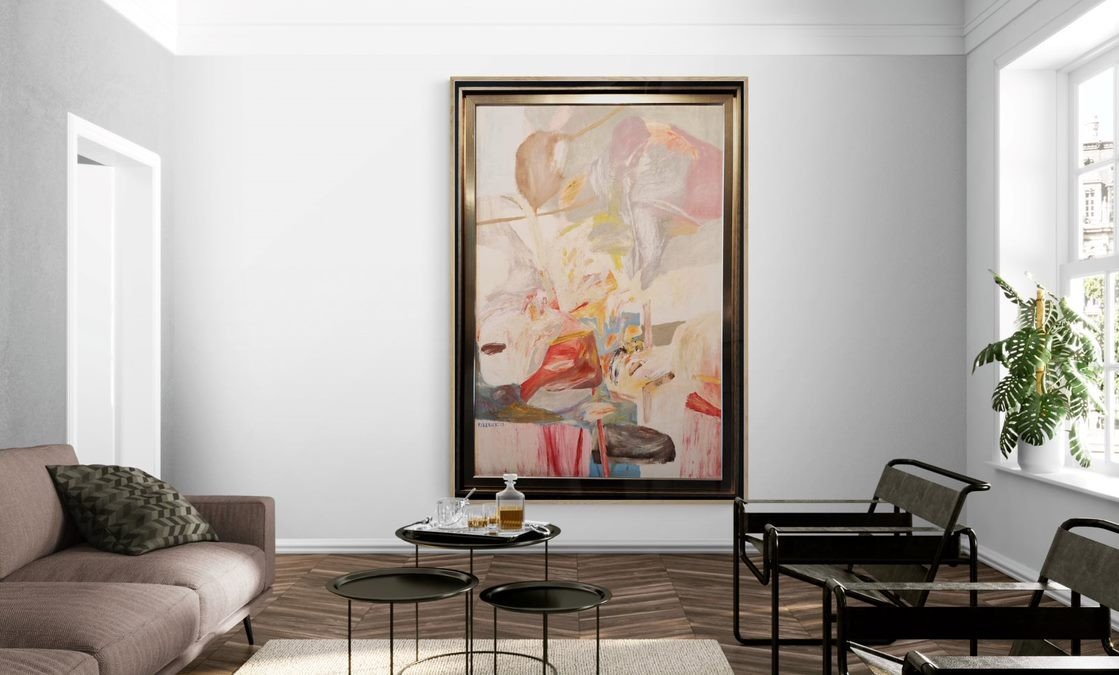
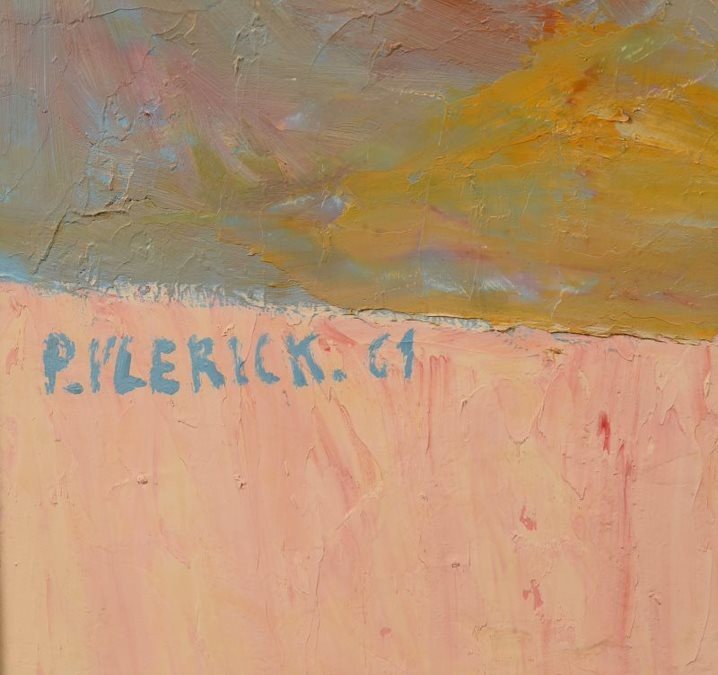
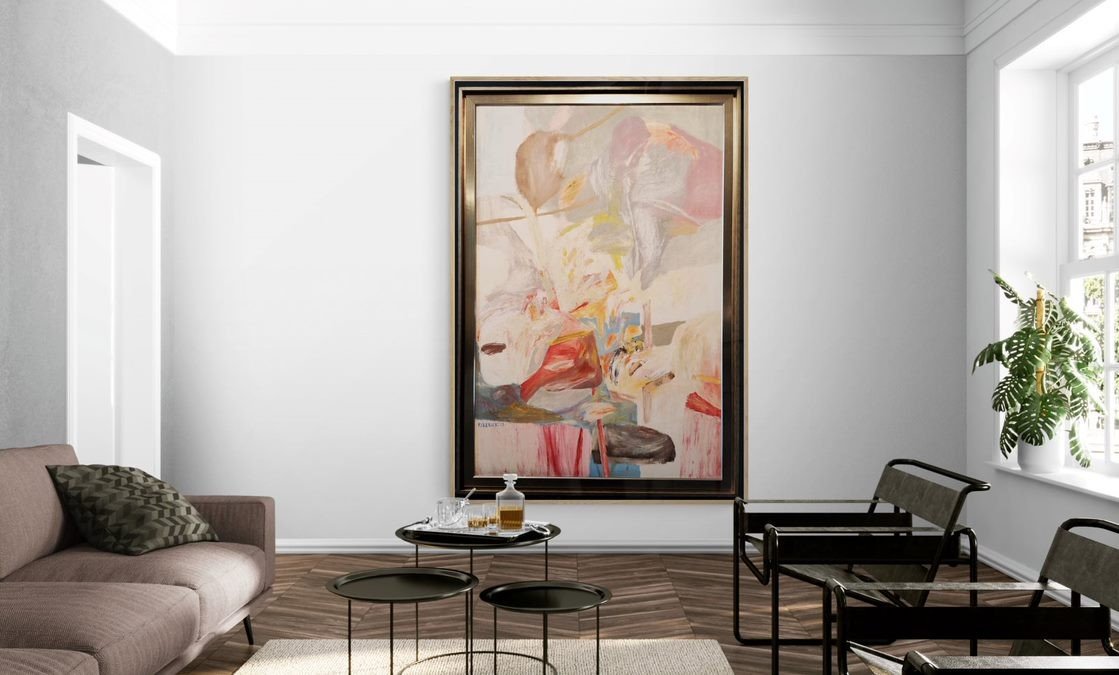
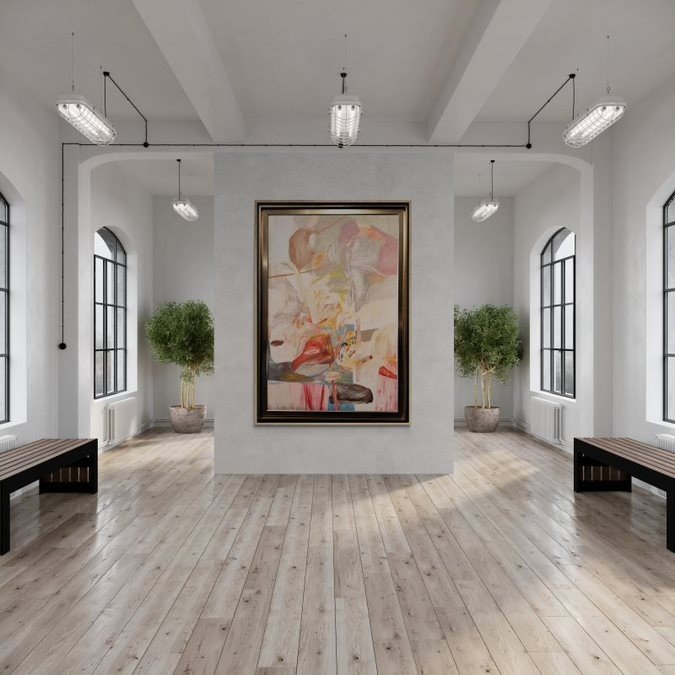
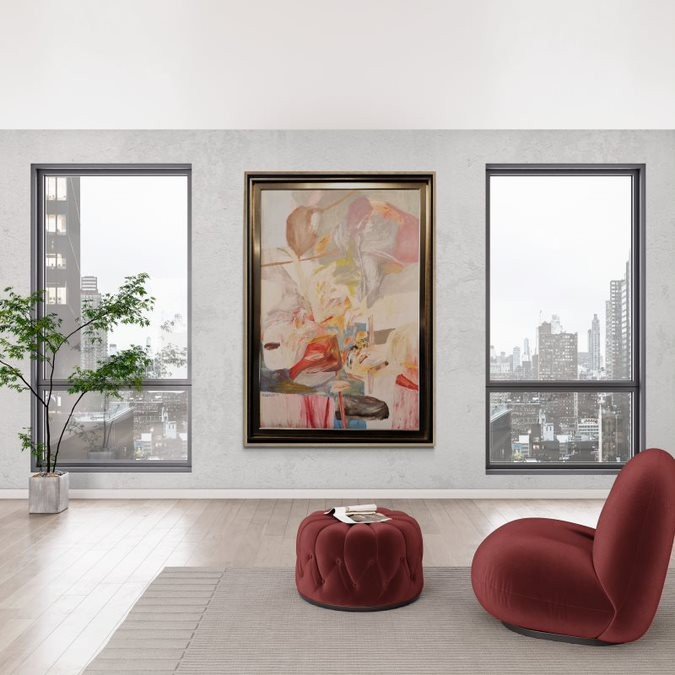









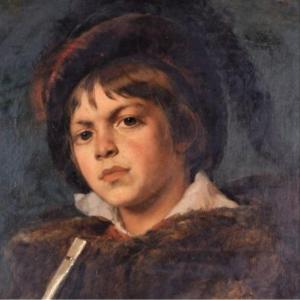


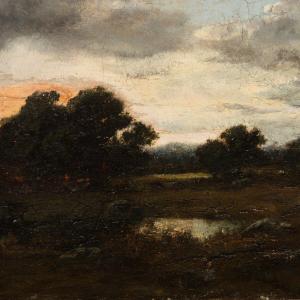

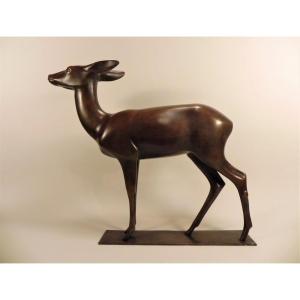




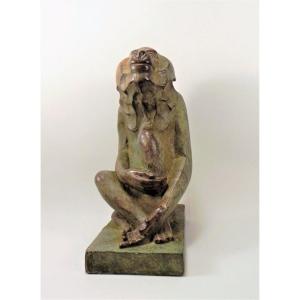
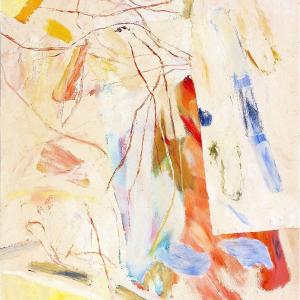
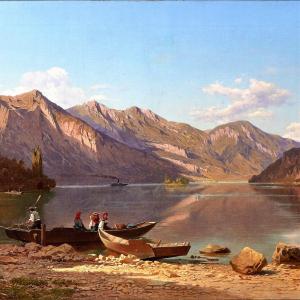
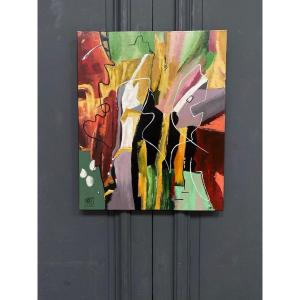

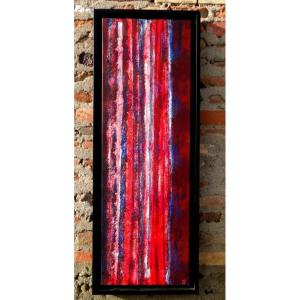

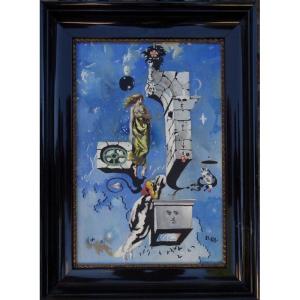



 Le Magazine de PROANTIC
Le Magazine de PROANTIC TRÉSORS Magazine
TRÉSORS Magazine Rivista Artiquariato
Rivista Artiquariato